- Write by:
-
Saturday, June 2, 2018 - 3:31:27 PM
-
862 Visit
-
Print
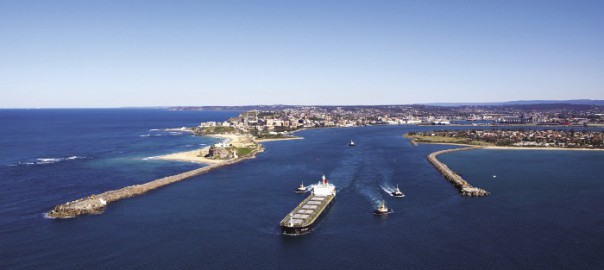
Mining News - An expansion of the Port of Newcastle in New South Wales, the world’s largest coal export facility, will not go ahead.
Mining News - An expansion of the Port of Newcastle in New South Wales, the world’s largest coal export facility, will not go ahead.
Port Waratah Coal Services (PWCS) has decided against proceeding with the expansion, which would involve the development of Terminal 4.
The decision comes despite strong market conditions for Hunter Valley coal, with exports from Newcastle nearing record levels and prices above $US100/t. PWCS expects incremental growth in 2018 on the 105Mt exported from its terminals last year.
PWCS chief executive Hennie du Plooy said following consultation with a range of industry stakeholders it was concluded that the capacity of the existing terminals, including potential expansion options, was likely to be sufficient to cater for future growth in exports.
“With significant growth capacity available in the existing terminals, we do not expect that the conditions to support an investment of the large and long-term nature of Terminal 4 will be in place before the development approval lapses in September 2020,” du Plooy said.
“We are proud of the role our Carrington and Kooragang terminals play in connecting Hunter Valley coal with the world and we are confident that with ongoing investment in the reliability and performance of these terminals, we will be well positioned and flexible enough to adjust quickly to changes in demand.”
According to the International Energy Agency (IEA), global demand for coal is forecast to increase 3.2 per cent to 5534Mtce between now and 2022.
NSW Minerals Council CEO Stephen Galilee agreed that the existing terminal infrastructure was capable of handling further increases in export volumes from growth in global demand.
“Newcastle’s existing coal export infrastructure is highly efficient, providing flexibility of service for ships of different sizes, and has capacity to manage export volumes around 30 percent higher than current record levels,” Galilee said.
“This is sufficient to cater for any expected increased demand in the medium term and potential increased production from new and developing future NSW coal projects.”
The IEA also expects Australia’s share of the international coal trade to increase from 34 per cent in 2016 to 42 per cent in 2040.
In this context, the outlook for NSW coal exports is strong. Exports of thermal coal to China increased last year, and exports to Japan rose by 2.4 per cent to 64.3Mt. Exports to Korea rose by 0.6 per cent to 20.1Mt.
Short Link:
https://www.miningnews.ir/En/News/187235
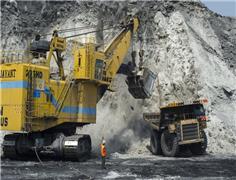
Coal India Ltd., the world’s largest producer of the commodity, reported a 26% increase in fourth-quarter profit, driven ...
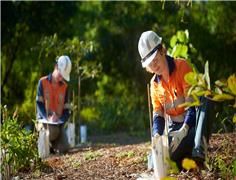
BHP Group can’t cherry pick Anglo American assets without paying a hefty premium, Anglo investors told Reuters, ...
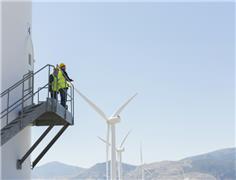
When former boss Mark Cutifani left Anglo American Plc in mid-April 2022, things had rarely looked better for the ...
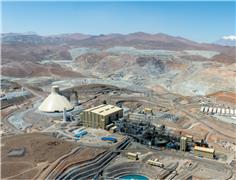
Teck Resources, Canada’s largest diversified miner, saw its copper production jump by 74% in the first three months of ...
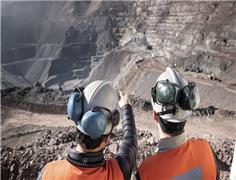
Anglo American Plc said it is has received an unsolicited non-binding combination proposal from BHP Group.
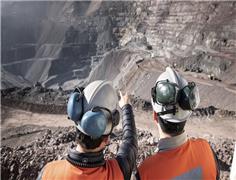
Anglo American Plc said it is has received an unsolicited non-binding combination proposal from BHP Group.
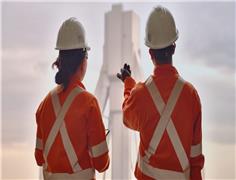
BHP Group Ltd. proposed a takeover of Anglo American Plc that values the smaller miner at £31.1 billion ($38.8 billion), ...

China’s state planner on Friday finalized a rule to set up a domestic coal production reserve system by 2027, aimed at ...
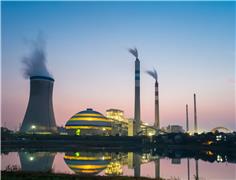
The world’s coal-fired power capacity grew 2% last year, its highest annual increase since 2016, driven by new builds in ...
No comments have been posted yet ...